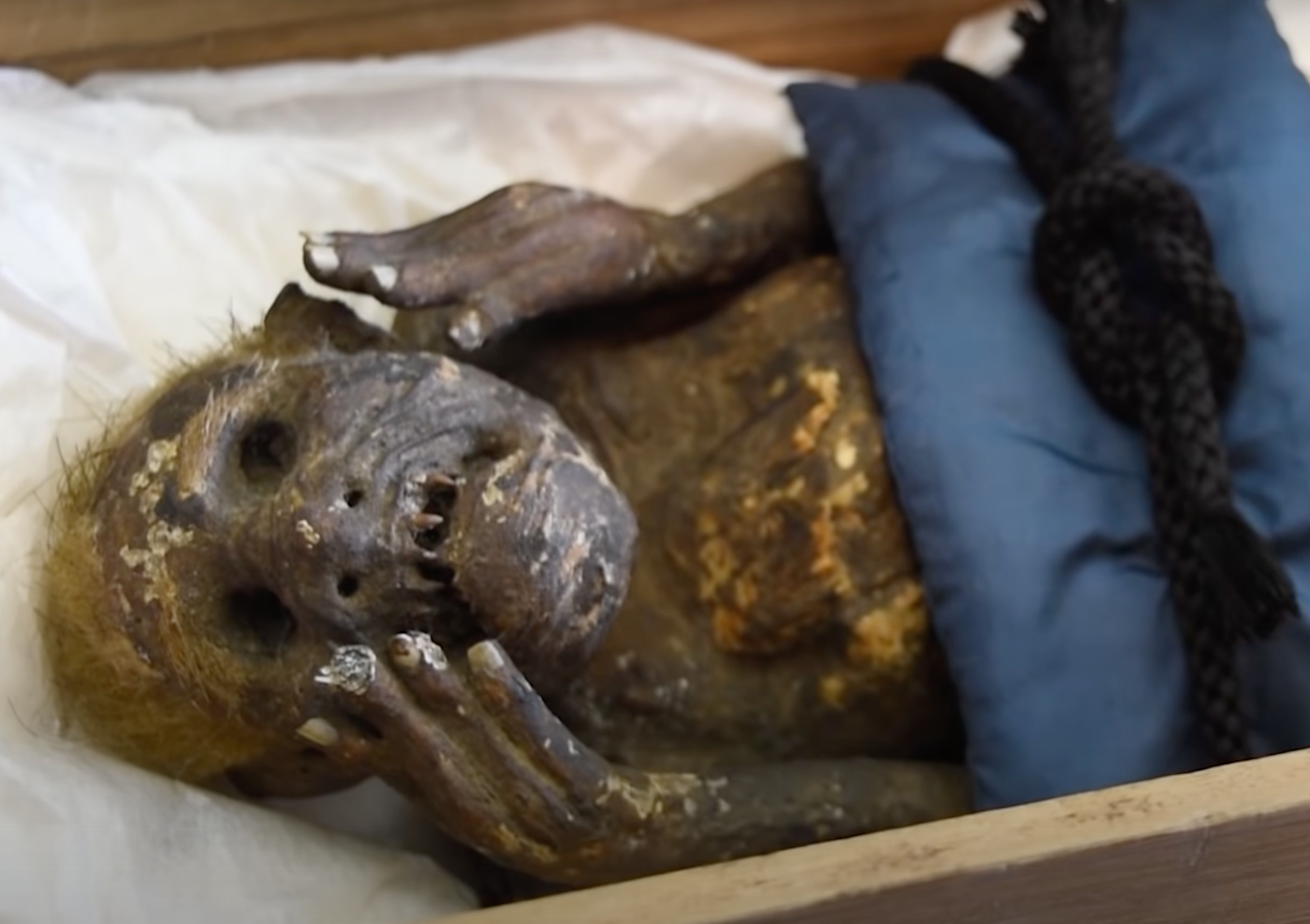Scientists hope to unlock secrets of 300-year-old ‘mermaid’ mummy
Bizarre-looking object may have been made for export to Europe, says researcher

Your support helps us to tell the story
From reproductive rights to climate change to Big Tech, The Independent is on the ground when the story is developing. Whether it's investigating the financials of Elon Musk's pro-Trump PAC or producing our latest documentary, 'The A Word', which shines a light on the American women fighting for reproductive rights, we know how important it is to parse out the facts from the messaging.
At such a critical moment in US history, we need reporters on the ground. Your donation allows us to keep sending journalists to speak to both sides of the story.
The Independent is trusted by Americans across the entire political spectrum. And unlike many other quality news outlets, we choose not to lock Americans out of our reporting and analysis with paywalls. We believe quality journalism should be available to everyone, paid for by those who can afford it.
Your support makes all the difference.Researchers in Japan have begun tests on a 300 year-old “mermaid mummy” to try and trace it’s origin.
The bizarre-looking object, which may have been produced as an item for export to Europe, is believed to date from the early 1700s.
It measures 30 centimetres-long and, with a tail and hands raised to its screaming face.
It has been preserved in a box at a temple in Okayama prefecture, in the southern part of Japan’s Honshu island, but until now its exact origins have remained unknown.
The mummified object, which appears to have nails and teeth, hair on its head and scales on its lower body, has been sent for a CT scan at the veterinary hospital of Kurashiki University of Science and the Arts.
Japan’s Asahi Shimbun newspaper said the box it was found in contained a note claiming the item had been caught in a fishing net in the Pacific Ocean at some point between 1736 and 1741.
The “dried mermaid” was said to have been kept by a family and then passed to another before it was eventually acquired by a temple, which put it on display some four decades ago.

Hiroshi Kinoshita, of the Okayama Folklore Society, found the object while studying Kiyoaki Sato, a Japanese natural historian who researched mysterious creatures.
He said he did not believe it was a real mermaid, but may instead have been made for export to Europe or for special events in Japan.
However, until recently, detailed examination of its origins has not taken place.
Now, scientists will analyse the antiseptic treatment used to preserve the mummy in such good condition as well as carrying out a DNA study to determine what the object might be made from.
Mummified “mermaids” are thought to have been used as objects of worship in Japan over the period.
The head priest at the temple said: “We have worshipped it, hoping that it would help alleviate the coronavirus pandemic even if only slightly. I hope the research project can leave records for future generations.”
The results of the report are due to be published in the autumn.
Half-human, half-fish creatures have long existed in folklore, with magical figures having appeared in cave paintings 30,000 years ago, while the ancient Greek epic poet Homer also wrote of them in The Odyssey.
However no evidence of aquatic humanoids, as they are also known, has ever been found
According to Royal Musuems Greenwich, which manages the National Maritime Musuem, “in some cultures, the mermaid signifies life and fertility within the ocean. In others, she embodies the destructive nature of the water, luring sailors to their deaths — serving as an omen for storms, unruly seas and disaster”.



Join our commenting forum
Join thought-provoking conversations, follow other Independent readers and see their replies
Comments